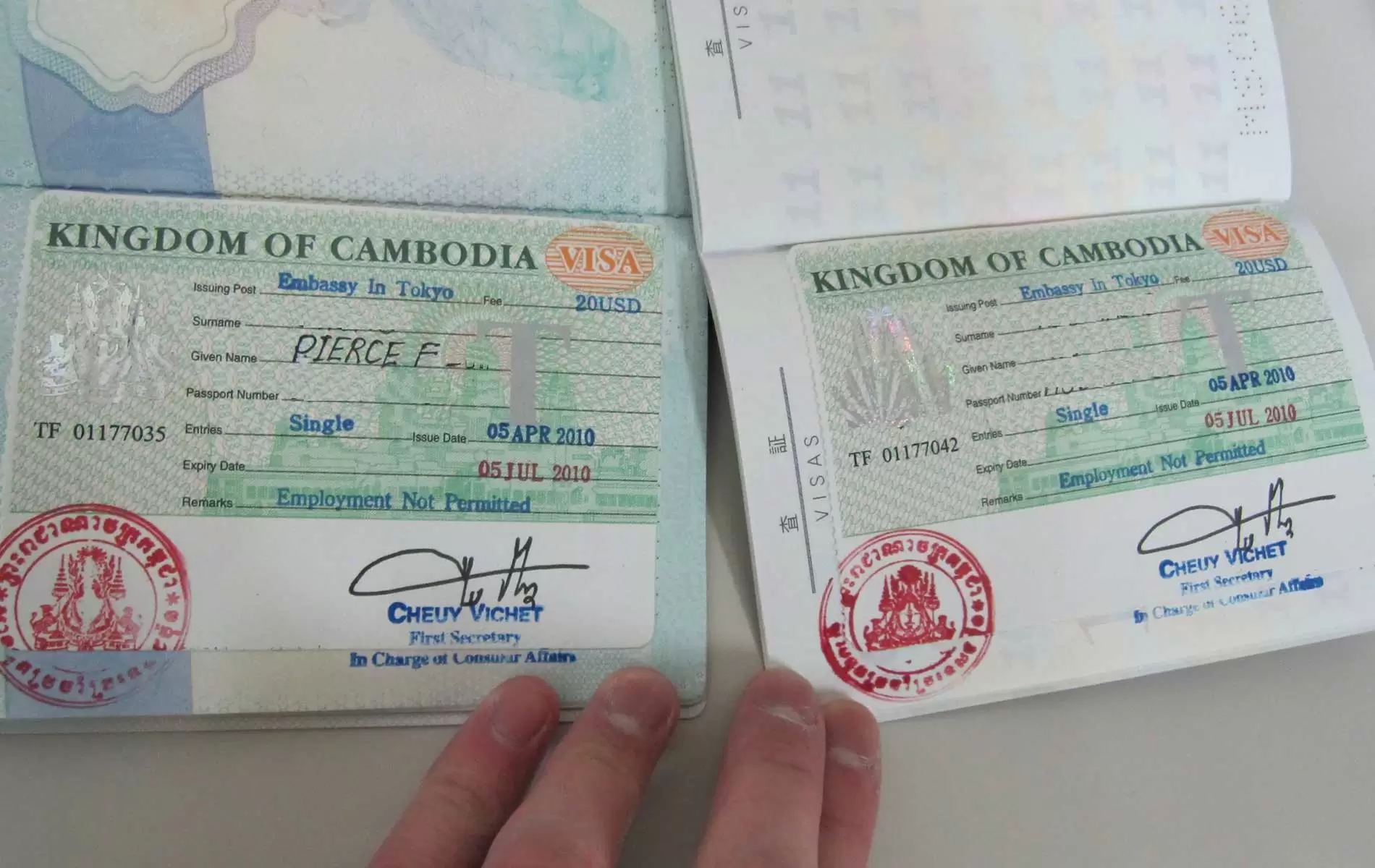
Deep within the Yucatán Peninsula lies a geological scar that narrates one of the most cataclysmic events in Earth’s history—the Chicxulub crater. This colossal impact structure, buried beneath layers of sediment, serves as a poignant reminder of the transformative power of cosmic collisions and their profound influence on the evolution of life on our planet. Spanning over 180 kilometers in diameter, Chicxulub crater stands as a testament to the resilience of life amidst catastrophic upheavals and continues to captivate scientists and enthusiasts alike with its enigmatic mysteries and profound implications for our understanding of the universe.
Unveiling the Crater’s Origin:
The genesis of Chicxulub crater dates back approximately 66 million years, to the twilight of the Mesozoic era. At that pivotal moment in Earth’s history, a colossal asteroid, estimated to be about 10 kilometers in diameter, hurtled through the cosmos on a collision course with our planet. The asteroid, traveling at staggering velocities, smashed into the ancient shallow seas that covered much of the Yucatán Peninsula with the force of billions of atomic bombs. The impact unleashed an inferno of devastation, triggering seismic waves, tsunamis, and global-scale wildfires that reshaped the fabric of life on Earth.
Discovering Chicxulub:
The discovery of Chicxulub crater is a tale of scientific ingenuity and perseverance. In the late 1970s, geophysicists Antonio Camargo and Glen Penfield stumbled upon anomalous features in the geological surveys of the Yucatán Peninsula, hinting at the presence of a massive impact crater concealed beneath the Earth’s surface. Further investigations, including magnetic and gravitational surveys, confirmed the existence of a colossal crater buried beneath the sediments of the Gulf of Mexico. The revelation sent shockwaves through the scientific community, igniting a fervent quest to unravel the secrets of Chicxulub and decipher its role in shaping Earth’s tumultuous past.
Exploring the Depths:
Despite its profound significance, Chicxulub crater remained shrouded in mystery for decades, obscured by the dense vegetation and thick sedimentary deposits that cloak the Yucatán Peninsula. It wasn’t until the early 1990s that scientists embarked on a series of ambitious drilling expeditions aimed at penetrating the heart of the crater and extracting vital clues about its formation and aftermath. These endeavors culminated in the International Ocean Discovery Program’s (IODP) expedition 364, which successfully recovered core samples from the crater’s peak ring—a circular mountain range formed by the rebound of Earth’s crust following the impact.
Deciphering the Impact:
The analysis of Chicxulub’s core samples unveiled a treasure trove of insights into the catastrophic events that unfolded in the wake of the asteroid impact. Researchers scrutinized the chemical composition of the rocks, scrutinized microscopic fossils, and scrutinized mineralogical signatures imprinted within the sediments, piecing together a comprehensive narrative of the impact’s aftermath. The findings revealed evidence of a colossal tsunami that swept across the ancient seaways, depositing layers of debris and sediment thousands of kilometers inland. Moreover, the core samples contained traces of shocked quartz and iridium—a rare element abundant in extraterrestrial bodies—providing unequivocal proof of the asteroid’s extraterrestrial origin.
Extinction Event:
Perhaps the most poignant revelation stemming from the study of Chicxulub crater is its profound connection to one of the most significant extinction events in Earth’s history—the Cretaceous-Paleogene (K-Pg) boundary. The cataclysmic impact of the asteroid precipitated a cascade of environmental catastrophes, including climate upheavals, acid rain, and global darkness, heralding the demise of the dinosaurs and a multitude of other terrestrial and marine species. The K-Pg boundary, marked by a distinctive layer of iridium-rich sediment, serves as a poignant testament to the abrupt and irrevocable changes wrought by the asteroid impact, paving the way for the rise of mammals and the dawn of a new era in Earth’s evolutionary saga.
Implications for Planetary Science:
Beyond its significance in elucidating Earth’s tumultuous past, Chicxulub crater holds profound implications for our understanding of planetary dynamics and the broader context of cosmic evolution. The impact serves as a sobering reminder of the inherent vulnerability of our planet to celestial hazards, highlighting the need for vigilant monitoring and mitigation strategies to safeguard against future cosmic collisions. Moreover, the study of Chicxulub crater offers valuable insights into the mechanics of impact cratering and the role of extraterrestrial influences in shaping the geological and biological landscapes of planetary bodies across the cosmos.
Future Prospects:
As our understanding of Chicxulub crater continues to evolve, fueled by advances in scientific technology and interdisciplinary collaboration, new frontiers of exploration and discovery beckon on the horizon. Future expeditions aim to unravel the enigmatic details of the impact’s aftermath, probing deeper into the crater’s stratigraphy and unraveling the intricacies of its ecological and climatic repercussions. Moreover, ongoing efforts to model the dynamics of cosmic collisions and assess the potential threat posed by near-Earth objects underscore the imperative of advancing our understanding of planetary defense and resilience in the face of cosmic uncertainty.
Conclusion:
In the annals of Earth’s history, Chicxulub crater stands as an indelible testament to the transformative power of cosmic collisions and the resilience of life amidst catastrophic upheavals. From its enigmatic origins to its profound implications for planetary science, the crater continues to captivate the imaginations of scientists and enthusiasts alike, offering a window into the tumultuous tapestry of Earth’s evolutionary saga. As we peer into the depths of Chicxulub’s abyss, we glimpse the echoes of a bygone era and the enduring legacy of a cosmic cataclysm that forever altered the course of life on our pale blue dot.











